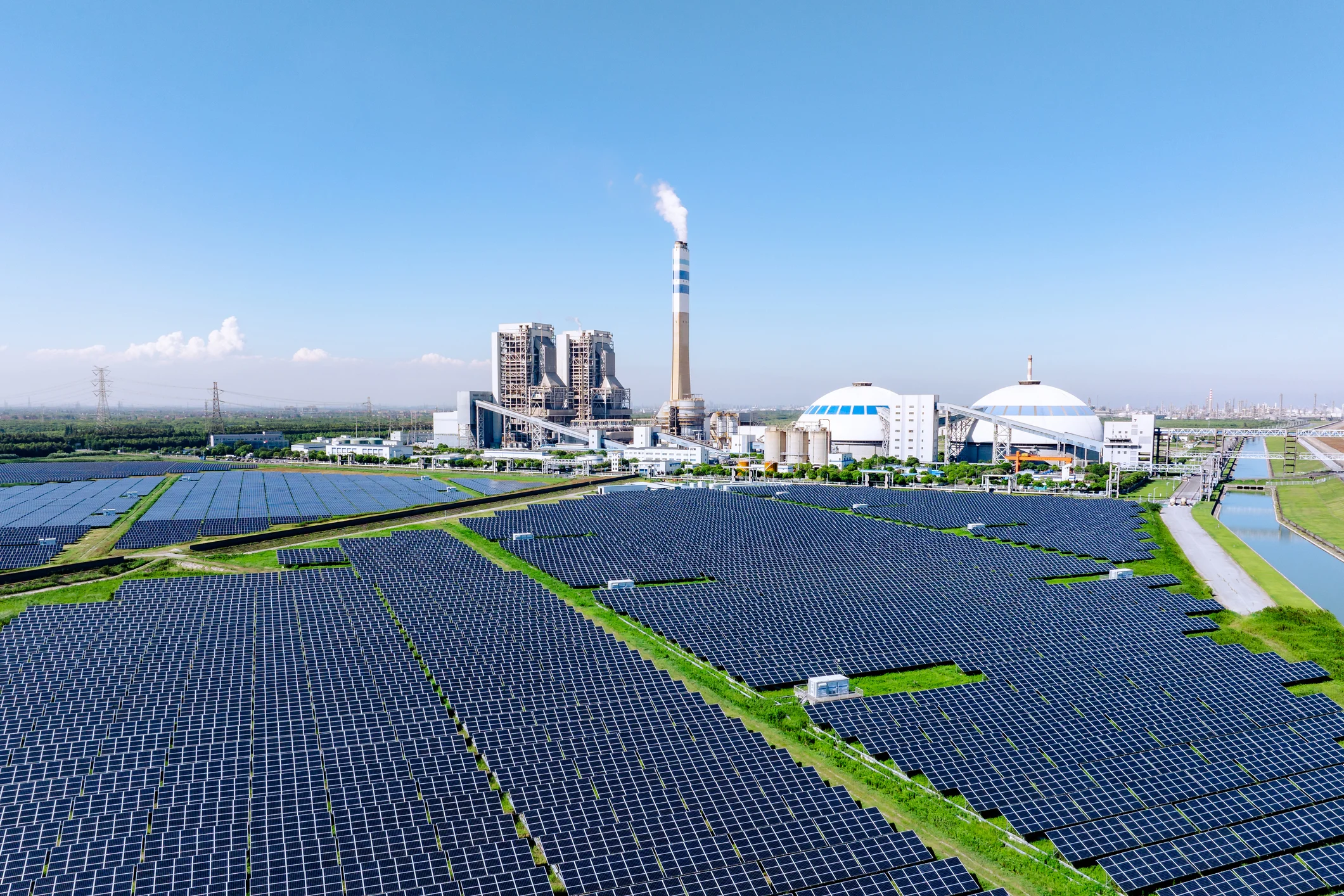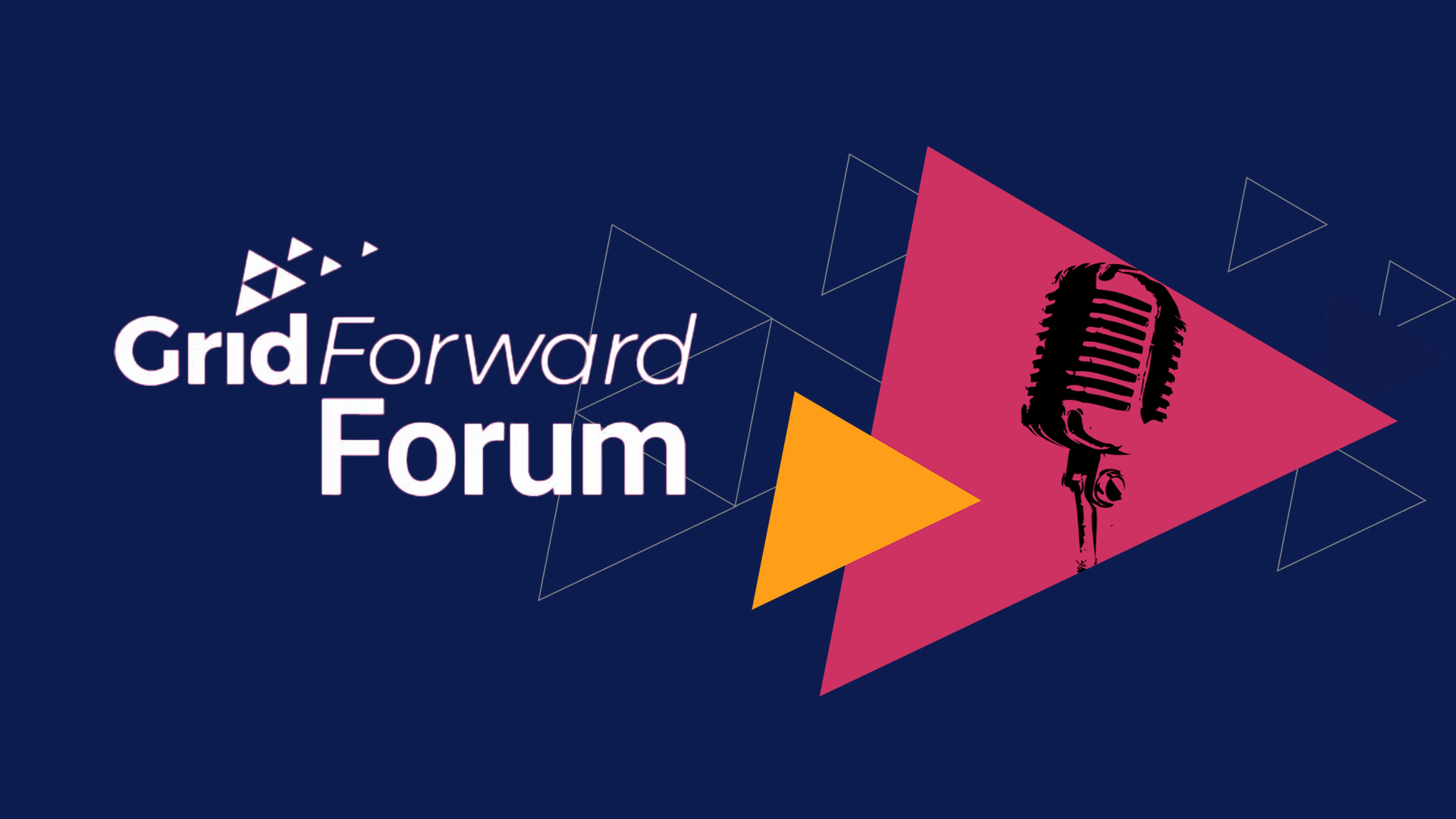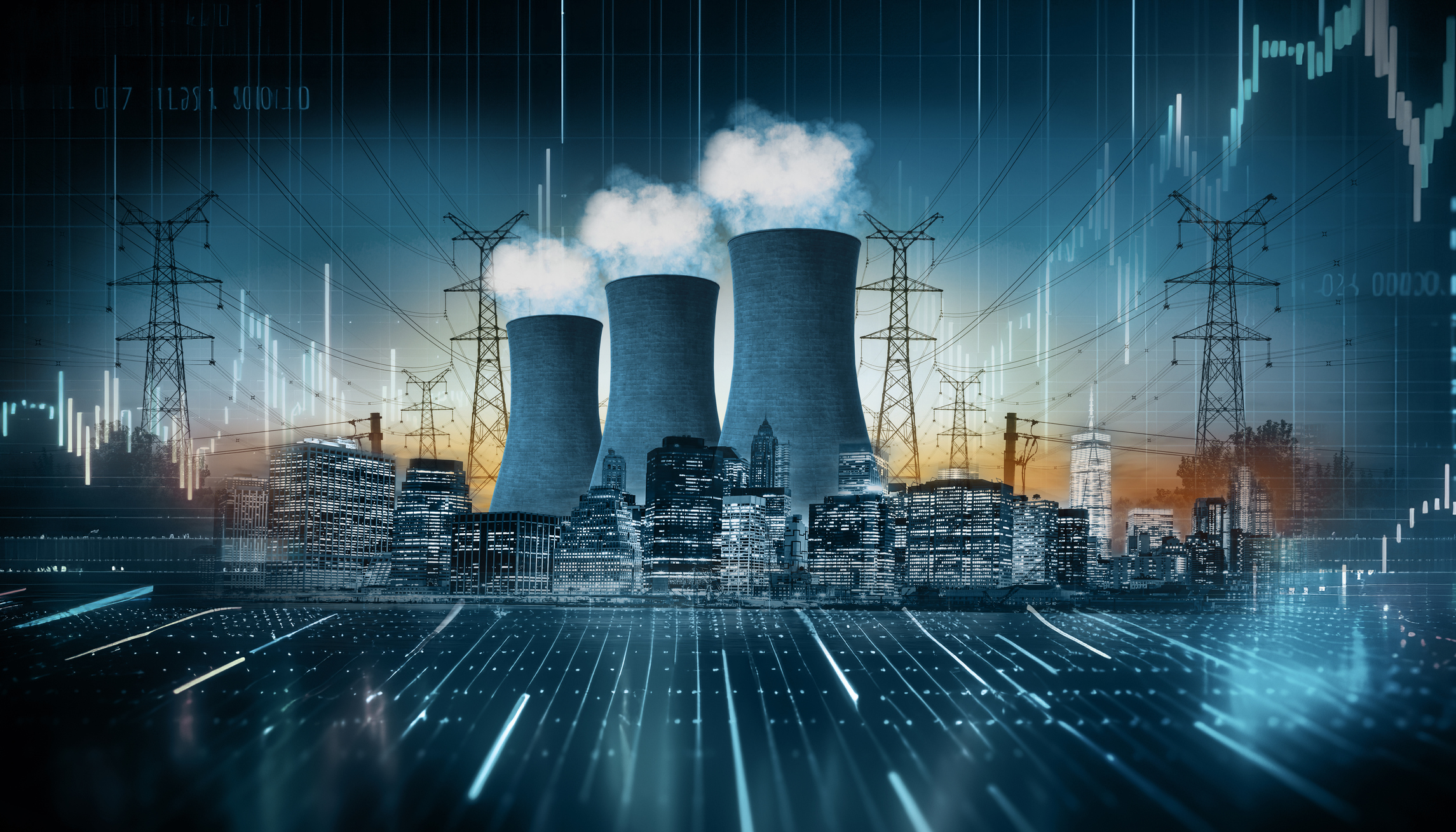For roughly a century, the mechanics and language of the utility remained relatively—an important qualifier in this context—static, and for good reason: it worked. Serving the public was comparatively easy in the age of fossil fuels and limited environmental regulations, a laxity that escalated climate change. Now, utilities embrace technologies like distributed energy resources (DERs), which include solar, battery storage, electric vehicles and EVSE, and smart home devices like thermostats and water heaters. Through the Internet of Things and expanded WiFi access, utilities can access these devices to perform various demand flexibility initiatives, and load management strategies that shift load to off-peak. And with that influx of technologies, comes a spate of new terms and phrases like distributed energy resource management system (DERMS), virtual power plants (VPPs), or Topline Demand Control (TDC). But what does this alphabet soup all mean?
Too Many Acronyms
In theory, acronyms save time by simplifying a phrase into something simple. Often, that practice is useful and becomes part of the zeitgeist: do you recall the specific name of NASA or does that particular combination of letters tell you what you need to know? Unfortunately, research indicates that an over-reliance on abbreviations like this derails scientific expression. While acronyms like “lol” or “OMG” may seem ubiquitous at the moment, scientific (including medical and technological) acronyms aren’t used in ordinary language. They can prove damaging to communicating basic messages.
While there are, fortunately, online resources to help anyone learning about the utility industry, keeping up with these changes can lead to confusion. Take for example the following three examples:
- DR – Demand Response
- DER – Distributed Energy Resource
- DERMS – Distributed Energy Resource Management System
Although these three examples are particularly common in the utility industry, they are still similar enough that they can cause people to stumble when trying to reach for the right phrasing, even more so as more variations of these expressions are introduced like demand flexibility or any variation on demand-side management.
This isn’t dismissive to the process though, but rather an exploration of the complexities that it creates. For the sake of this article, we’re looking at three prominent examples of utility technologies—distributed energy resource management systems (DERMS), virtual power plants (VPPs), and Topline Demand Control (TDC)—that while dissimilar phonetically have overlapping applications that may lead to further confusion.
What Are Distributed Energy Resource Management Systems?
As the name suggests, a distributed energy resource management system (DERMS) is just that: the controlling principle that manages the otherwise disparate distributed energy resources (DERs) at your disposal. Not all DERMS are created the same. At the moment, there are two primary categories that distinguish DERMS by use case:
- Grid-Edge DERMS – This type of DERMS is a cloud-based system that manages and oversees numerous behind-the-meter edge devices such as thermostats and batteries.
- Grid DERMS – By contrast, this DERMS oversees and manages grid-scale resources, including Edge DERMS.
These two categories are further complicated not by use case, but by looking at DERMS based on the need of a utility at the time that they begin engaging with load management strategies. Because not all software is the right fit at the right time, there are a few ways to further breakdown the concept of DERMS:
- Purpose-Built DERMS – This type of DERM is designed specifically to the needs of each utility, which often requires a long and rigorous development process and leaves utilities with a product that is specific to your needs now, but not necessarily later.
- Vendor-Led Solutions – A vendor-led solution is a type of DERM that is created and, often, managed by outside vendors. While this is an affordable way to engage in the various demand flexibility initiatives that DERMS provides, it also cedes the customer journey and all data that comes with that to a third party.
- Flexible Self-Service SaaS – Unlike the prior two distinctions, a flexible self-service SaaS combines the best of each. With a flexible self-service SaaS DERMS, utilities can keep control over the customer experience while simultaneously providing opportunities for programs to evolve and scale according to needs.
No matter how you look at it, a distributed energy resource management system is merely the tools needed to enable demand flexibility programs like demand response or EV managed charging. Let’s look at what a virtual power plant is, comparing and contrasting the two.
What Are Virtual Power Plants?
While distributed energy resource management systems (DERMS) are the tool that manages distributed energy resources, virtual power plants represent a series of related demand flexibility strategies including demand response, EV managed charging, and BYOD programs. Ultimately, virtual power plants are an aggregation of locally generated or stored energy assets that can be redistributed to meet needs. Virtual power plants serve as a direct replacement for conventional peaker plants, which are dirty and expensive to maintain and run, and can appear in several forms:
- Generation – By aggregating communally generated solar assets—customer solar panels—utilities can redirect this to infuse excess solar energy into the grid as needed.
- Control – The more common of the two virtual power plant schemes involves aggregating energy assets like thermostats, water heaters, or electric vehicles & EVSE to shift load to off-peak hours.
Today, virtual power plants dispatch signals to aggregate DERs, and utility program managers are left to hope for the best outcome despite customer participation or DER intermittency. While virtual power plants are a powerful load management tool to help with decarbonization efforts without customer disruptions, they are often unreliable as customers drop off or environmental shifts like weather or temperature complicate device behaviors.
What is Topline Demand Control?
Obviously, the intermittency of DER assets leaves much to be desired. As such, grid operators often turn to grid DERMS that control their own DER assets (like solar fields, etc.), rather than relying on the increasingly common residential DERs. Ultimately, to weather the challenges of decarbonization, utilities require reliability in their load management strategies for them to succeed. Fortunately, Topline Demand Control solves this.
The capability of a robust DERMS, Topline Demand Control employs artificial intelligence, load forecasting software, and model predictive control to optimize DER control to create a constant topline of power output, guaranteeing the outcome that utilities want. In doing so, Topline Demand Control operationalizes distributed energy resources used in residential programs by rendering them reliable and predictable. This ameliorates the tension that grid operators have in exploiting residential demand flexibility programs and assets for use as needed, and in doing so will foster the further adoption and use of DER technologies in load management strategies.
Topline Demand Control, Virtual Power Plants, & DERMS Conclusion
In the three examples above, each leads into the next. A distributed energy resource management system (DERMS) is a necessary tool for the device control necessary in managing load in real-time, while virtual power plants represent the strategy that leverages DERMS technologies to realize load-shedding objectives. Lastly, Topline Demand Control is a capability that transforms virtual power plant strategies from an aspirational deployment of community DERs into an operational reality.





